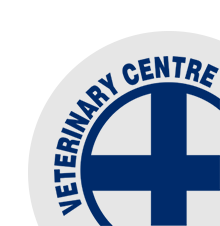Feeding Acidified Milk to Calves
/There has been a lot of discussion in the farming community in the last month about the use of pasteurisation and acidification of milk to reduce the risk of Mycoplasma bovis (M. bovis) in your herd. Please be aware that these techniques will not stop M. bovis getting into your calves if it already exists in your herd (i.e. if they have already drunk from their dam). Pasteurisation or acidification may slow the spread within a group of calves that are fed pooled colostrum, but the status of the group would largely remain unchanged - i.e. positive.
Pasteurisation of milk does kill M. bovis, but a big benefit is a reduction in the load of any Johnes bacteria it may contain. Pasteurisation is a very good practice for Johnes prevention/control in a problematic herd.
Acidification of calf milk will provide some other health benefits to calves. Dropping the pH of milk to between 4 and 5, will prevent the overgrowth of E.coli in stored colostrum thus reducing scour risk and increasing the feed conversion ratio (M. bovis will not survive a pH environment of 4 for more than an hour and pH5 for more than 8 hours).
There are two recommended methods for acidification of milk. The most tried and tested by using yoghurt cultures. If you use a live Lactobacillus yoghurt culture this will bring down the pH to 4.5. Start with 2-3L of fresh clean milk and add a live Acidophilus culture and allow to ferment overnight. The next day mix them into 2 x 20L containers of fresh warm milk and allow to ferment again in a warm environment. This then acts as a base culture for milk added daily.
The other option is the addition of citric acid - refer to DairyNZ website for instruction on doing this. The aim is to achieve a milk pH of 4.5. Calculation and mixing has to be quite precise to avoid milk from clotting or causing calf refusal.
Potassium sorbate as a preservative, remains as excellent short-term preservative for colostrum.






